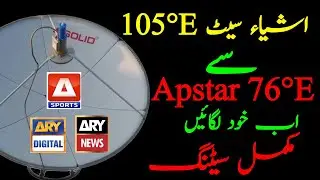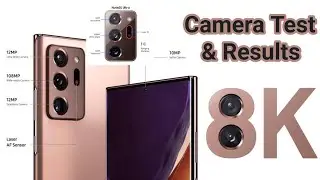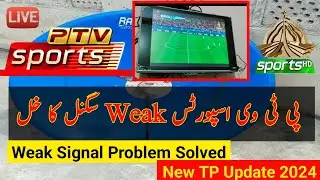Difference Between KU band and C band LNB Dish Antenna
Difference Between KU band and C band LNB Dish Antenna.
Description:
Are you curious about the differences between KU band and C band LNB dish antennas? In this video, we'll dive into the technical aspects and practical applications of both types of antennas.
Frequency Range:
KU Band: Operates in the higher frequency range, typically between 12 to 18 GHz.
C Band: Operates in the lower frequency range, typically between 4 to 8 GHz.
Satellite Coverage:
KU Band: Ideal for high-definition broadcasts and digital signals. Commonly used for satellite TV broadcasting.
C Band: Known for its resilience to weather interference, making it suitable for areas prone to rain fade.
Dish Size:
KU Band: Requires smaller dish sizes due to its higher frequency, making it more suitable for residential installations.
C Band: Needs larger dish sizes to capture lower frequency signals, often used in commercial setups or rural areas.
Signal Quality:
KU Band: Provides excellent signal quality for HD and digital content, with relatively less susceptibility to atmospheric disturbances.
C Band: Offers robust signal reception even during adverse weather conditions, ensuring consistent broadcast quality.
Availability of Channels:
KU Band: Offers a wide range of channels, including international and niche content, making it popular for satellite TV subscribers.
C Band: Historically used for a variety of services including television and data transmission, with a focus on stability and coverage.
Installation and Maintenance:
KU Band: Easier to install and maintain due to the smaller dish size and higher frequency, suitable for DIY setups.
C Band: Requires more precision during installation and periodic adjustments due to the larger dish size and lower frequency.
Cost Considerations:
KU Band: Generally more affordable in terms of equipment and subscription costs, appealing to budget-conscious users.
C Band: Can be costlier initially due to the larger dish size and specialized equipment, but offers long-term reliability.
By the end of this video, you'll have a clear understanding of which LNB dish antenna suits your specific needs and preferences. Don't forget to like, share, and subscribe for more informative content on satellite technology and broadcasting!



















